Discover some of the key moments in gardening throughout the last 30 years, from April 1993, when Gardens Illustrated was first launched.
30 years of Gardens Illustrated
1 Gardens Illustrated launches

The first issue of new magazine Gardens Illustrated hit the newsstands in April 1993 “in a flurry of excitement,” says launch editor Rosie Atkins. “Despite coming out of an economic recession, we assumed our readers had a garden (sometimes two), enjoyed travel and food, and cared about what they wore and what books they read. They were passionate about the environment and conservation, and I doubt much has changed.” At first, the magazine was published bi-monthly, going monthly in 1998. In the 30 years since that first edition, Gardens Illustrated has had only five editors, and has grown beyond the print publication to exciting new developments including our digital channels, and live and online events.
Subscribe to Gardens Illustrated
2 Christo rips out the Rose Garden
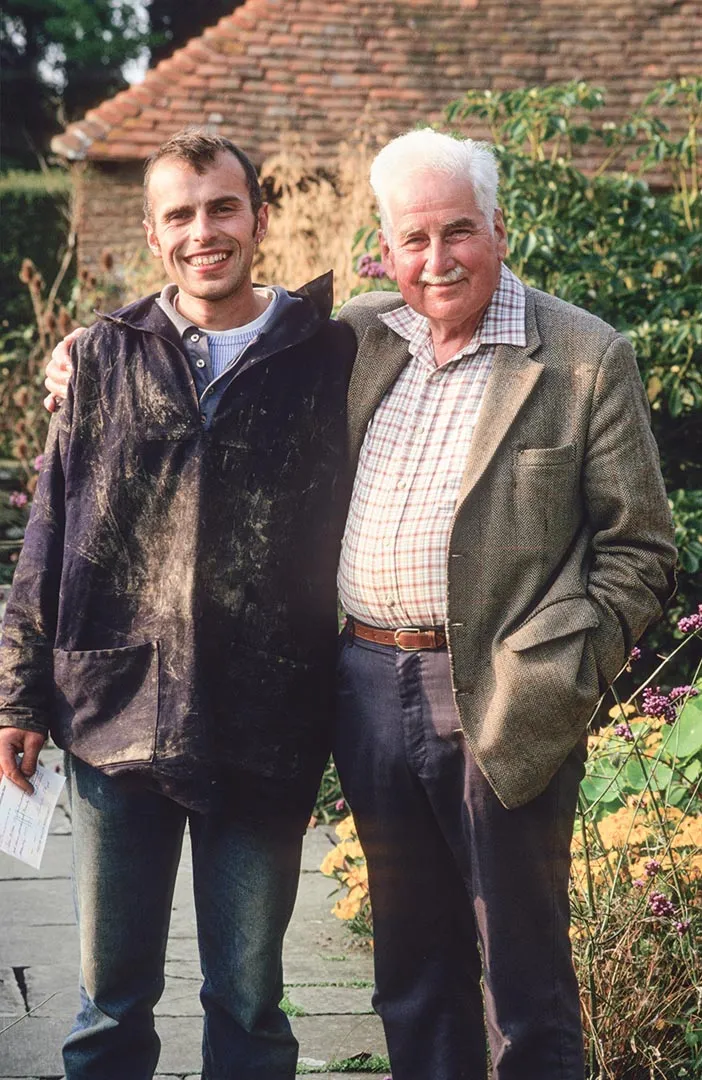
In 1994, when Great Dixter’s owner Christopher Lloyd and his imaginative new head gardener, Fergus Garrett, announced that they had ripped out the Rose Garden, designed by Edwin Lutyens, and were replacing it with an Exotic Garden, they shocked the horticultural establishment. The roses were not thriving due to rose replant disease, so they replaced them with plants that would give a exotic effect, such as dahlias, bananas and cannas. Christo died in 2006, and the garden is now run by a charitable trust, with our contributing editor Fergus at the helm, still pushing the boundaries of adventurous gardening.
3 The Dutch Wave hits the UK
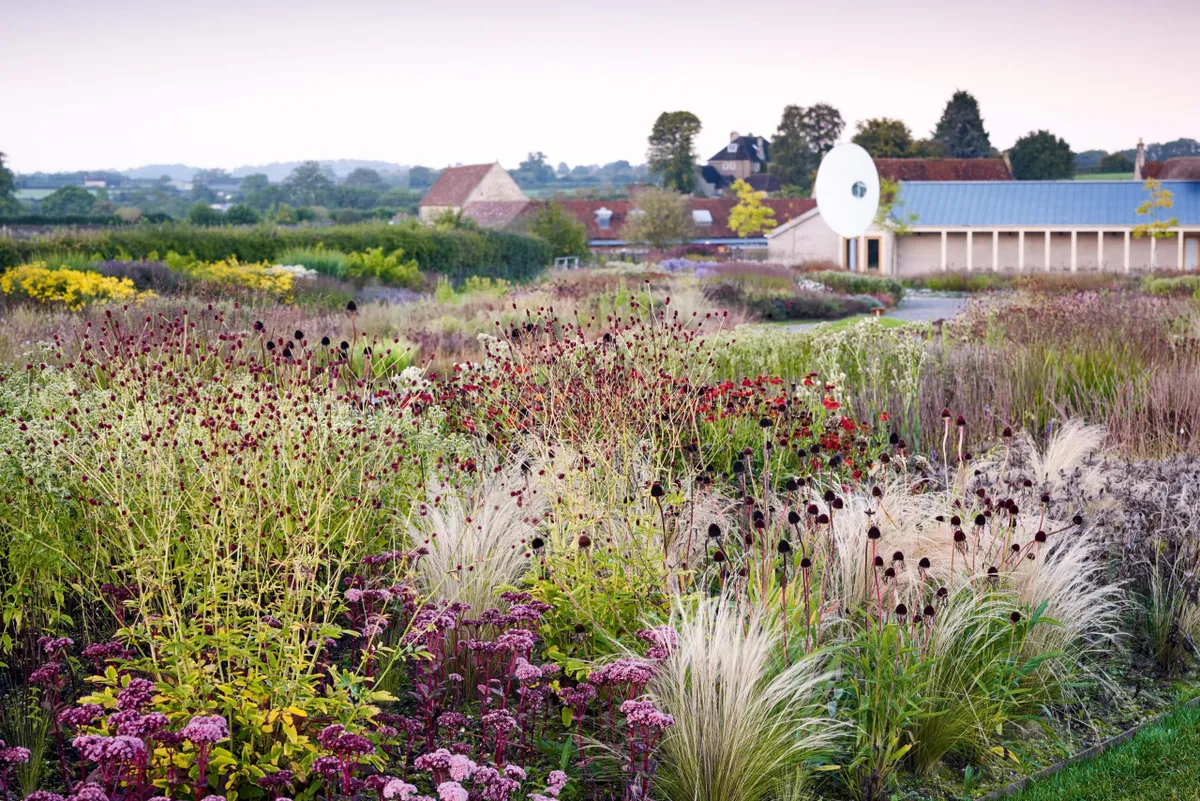
When landscape designers Brita von Schoenaich and Tim Rees organised a conference at the Royal Botanic Gardens, Kew, in 1994 to look at new planting styles in Europe, they effectively launched what became known as the New Perennial Movement, or Dutch Wave, in the UK. The style, combining perennials and ornamental grasses, was pioneered by plantspeople including Dutch designer Piet Oudolf, and spread in popularity around the world. It has since evolved into naturalistic, ecological-focused planting, with layered schemes, inspired by plant communities in the wild.
4 King Charles opens Highgrove

HM The King purchased Highgrove in 1980 as his family residence, and the then Prince of Wales took the opportunity to develop the gardens using organic principles. He consulted with the renowned garden designer Rosemary Verey and naturalist Miriam Rothschild to work up garden rooms, and in 1996, he opened it to the public for the first time. It has gone on to attract more than 30,000 visitors a year.
5 Ground Force hits our screens
In 1997, this garden makeover show, presented by Alan Titchmarsh, Charlie Dimmock and Tommy Walsh, came on TV, hot on the heels of its interior equivalent, Changing Rooms. In each episode, the team transformed the garden of someone who had been nominated by friends or family in just two days. It became a huge ratings hit, attracting more than 12 million viewers at its peak, and was credited with prompting exponential sales of decking.
6 Christopher Bradley-Hole’s modernist show garden
The landscape designer’s 1997 Latin Garden for The Telegraph is often cited as the greatest Chelsea show garden in living memory. It combined a modernist design with a naturalistic style of planting.
7 Millennium Seed Bank opens
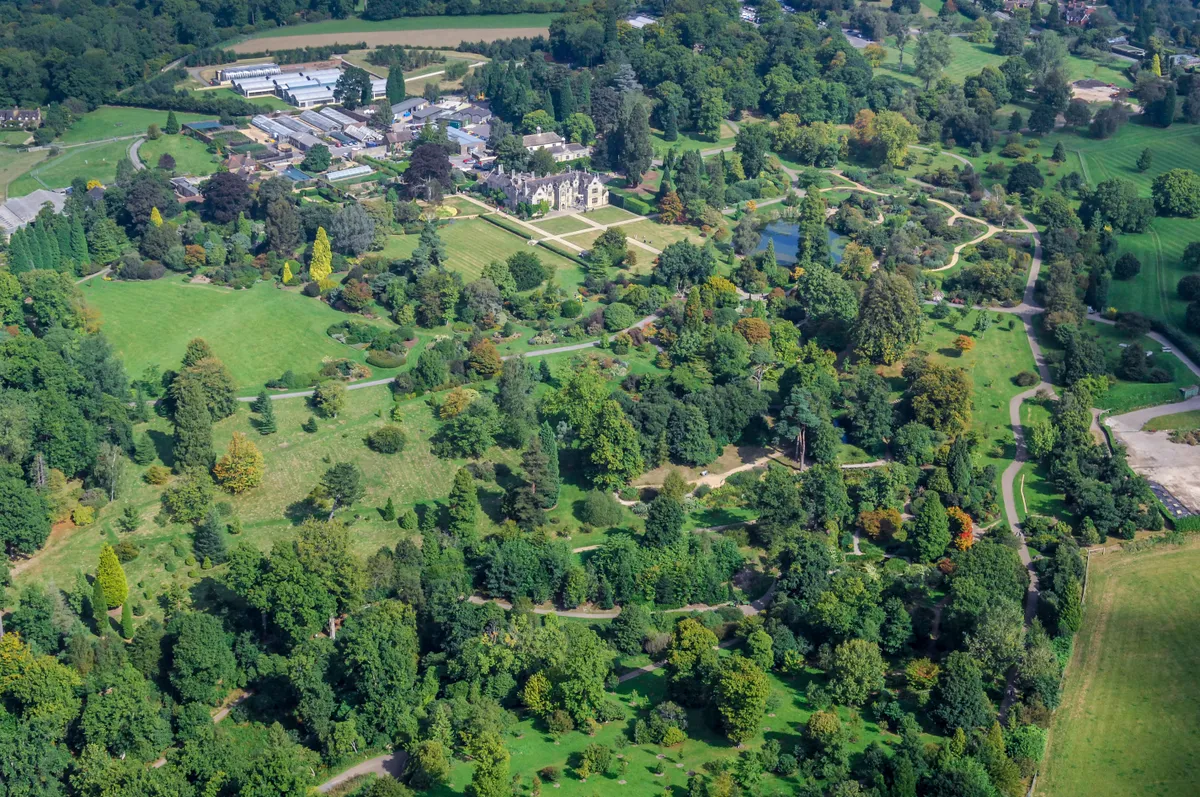
This purpose-built building at Kew’s Wakehurst site in Sussex, which opened in 2000, houses more than 2.4 billion seeds from 97 countries, making it the largest and most diverse wild plant species genetic resource in the world. The aim is to bank the seeds safely and securely to conserve them for future reference and possible need.
8 Online plant sales
While mail order had been a much-valued service from nurseries for many years, it is only in the past two decades that online garden retail has taken off. The online nursery Crocus opened in 2000. Set up by nurseryman Mark Fane and keen gardener Peter Clay, it took advantage of the rapidly rising popularity and convenience of online browsing with improved courier services. Much of its visibility and success can be attributed to its work with leading designers such as Tom Stuart-Smith, Andy Sturgeon and Jinny Blom.
9 Gardens Illustrated wins Best in Show at Chelsea
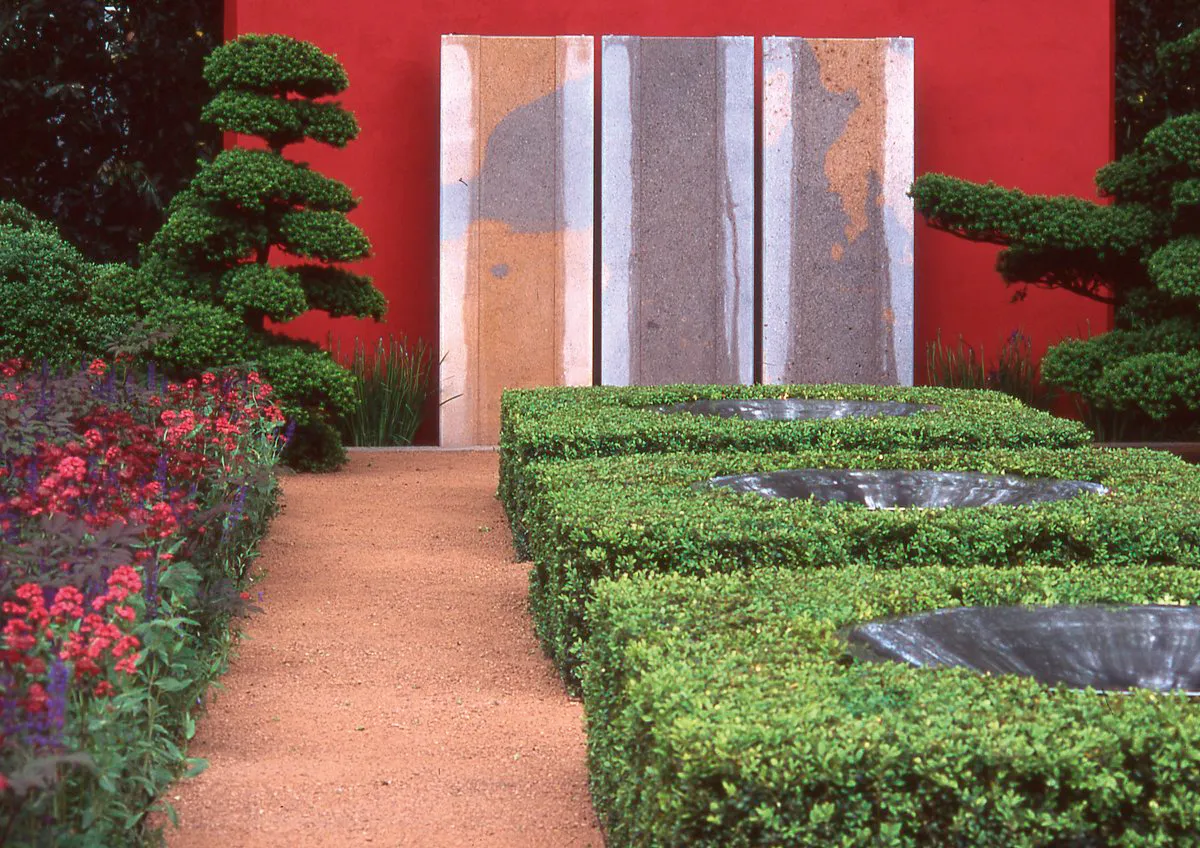
In 2000, Piet Oudolf and Arne Maynard came together to create a Chelsea show garden for the magazine. It was a watershed year. “Up until that point a lot of Chelsea gardens were like flower arrangements,” says Arne. “If you had a yew hedge, the hedge was chicken wire around a frame with hundreds of yew branches pushed into it. But I really wanted to create a cloud hedge for our garden and so we grew it for two-and-a-half years ahead of the show. We were quite revolutionary in having a real hedge. I think it was one of the entries that changed the way gardens were viewed at Chelsea, and we did it on a very small budget.”
10 Monty Don becomes Gardeners’ World host

Gardeners’ World first aired in 1968, and its popularity as a show has remained constant, with presenters enjoying a celebrity status unique to British gardening TV. Monty Don has hosted the show since 2003 (with a break from 2008 to 2011 while he recovered from a stroke). Viewers are familiar with his garden Longmeadow in Herefordshire, and his dogs.
11 We dig no-dig
Despite it being a long-recognised and practised method of cultivation, grower Charles Dowding can be credited with highlighting and legitimising no-dig gardening in the UK. Now lauded as the ‘no-dig guru’, Dowding published his first book on the topic: Organic Gardening: The Natural No-Dig Way in 2007.
12 Garden Museum gets a rebrand
The historic church St Mary-at-Lambeth in London has hosted exhibits of gardening memorabilia since 1977, originally as the Museum of Garden History. In 2006, progressive museum director Christopher Woodward took the helm and oversaw its transformation into the renamed Garden Museum, which opened in 2008. Recently, new spaces and a series of high-profile talks, events and exhibitions have put the museum firmly on the cultural map, forging collaborations and influencing policy thinking for the future.
13 The High Line opens
The first phase of this ground-breaking linear park opened in New York in 2009. Brought to life by landscape architecture firm James Corner Field Operations, design studio Diller Scofidio Renfro and planting designer Piet Oudolf, the park occupies a 1.45-mile stretch of a disused raised railway line in Manhattan. As an example of creating a public park from a neglected brownfield infrastructure, it has become a benchmark for subsequent similar projects and exemplifies what urban regeneration can achieve to the benefit of city dwellers and visitors alike.
14 Instagram launches
On 6 October 2010, the online image-sharing platform was launched. It now boasts more than one billion users and around 29 million posts include the word ‘gardening’ in a hashtag. It is also fair to say that it has contributed massively to the recent rise in the popularity of houseplants. Follow Gardens Illustrated on Instagram @gardens_illustrated
15 Grow your own explodes (again)
Home-grown fruit and veg saw a distinct upturn in 2010-12, with seed companies noting that vegetable seed sales had begun to outstrip those of flower seeds. Popularity has remained relatively steady with further flurries of interest during Covid lockdowns and the current cost-of-living crisis.
16 Box caterpillar appears
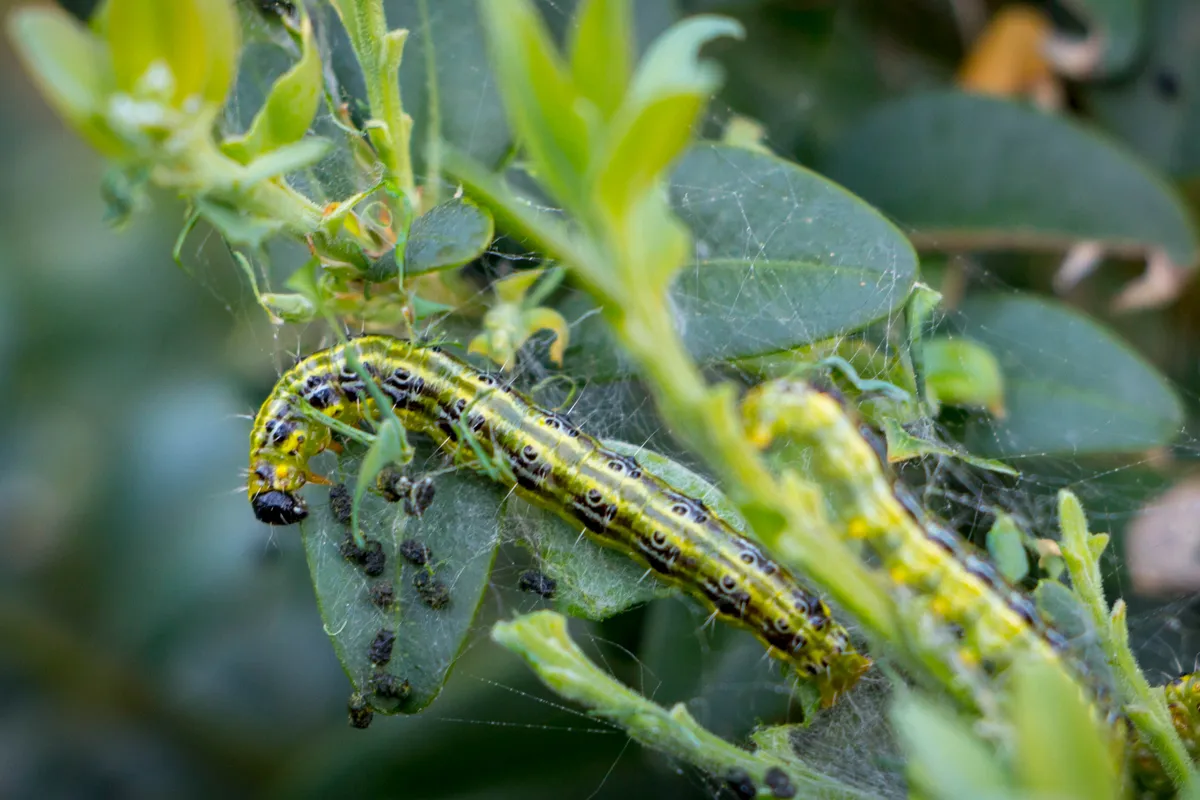
In 2011, some gardeners in the southeast had their box topiary reduced to bare skeletons, often in a matter of days. The box tree caterpillar had hitched a ride to Europe from Asia via imported plants, and has subsequently become a major pest throughout the UK. The twin threat of the caterpillar and box blight means that many gardeners are turning their backs on box and planting something new. Read about our suggested alternatives to box.
17 British flowers have a resurgence
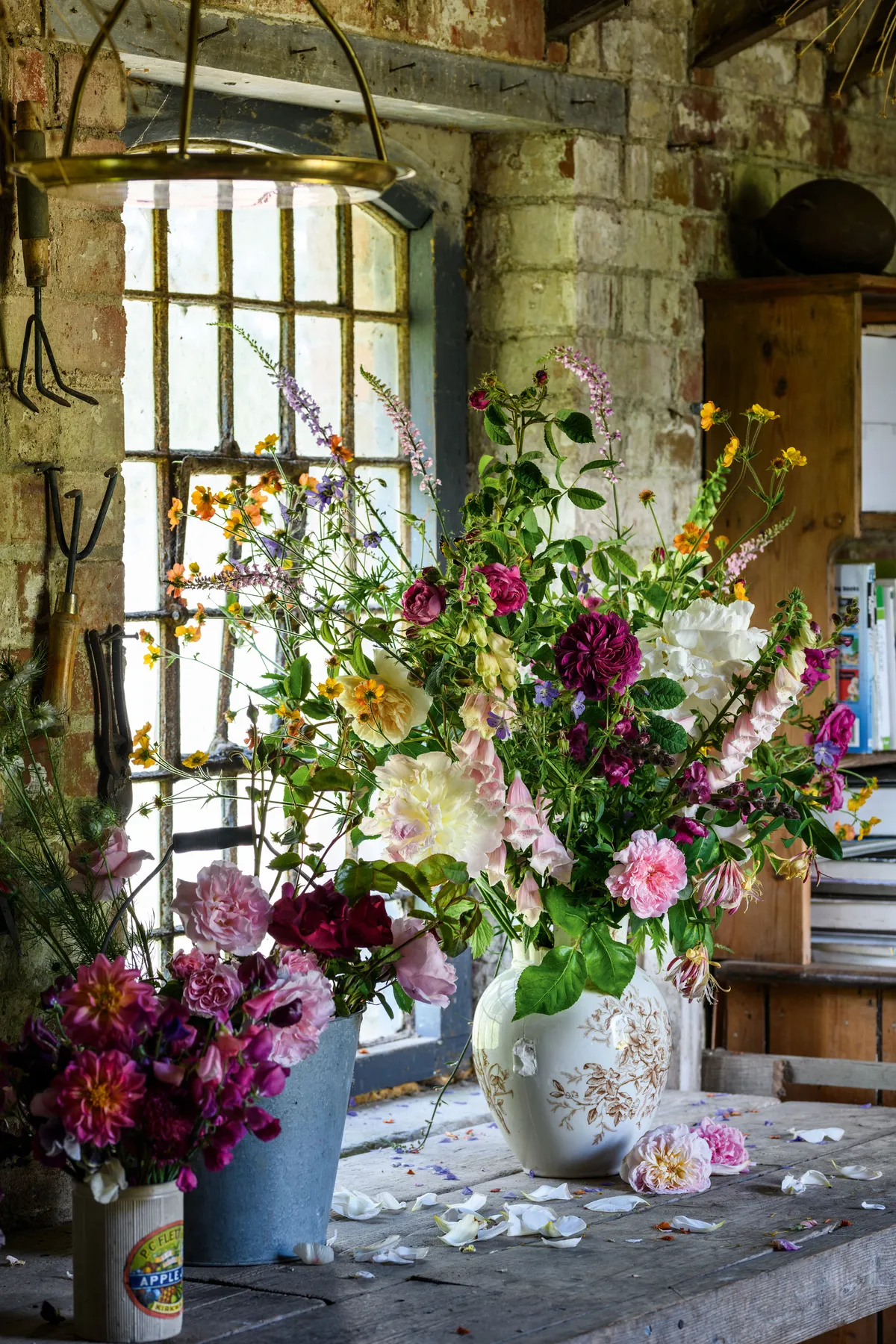
Gill Hodgson created Flowers from the Farm as a not-for-profit co-operative of British cut-flower growers in 2011. The organisation currently has around 1,000 members stretching from the Scottish Highlands to the Isles of Scilly. British-grown cut flowers are now regularly showcased at royal weddings and celebrity events, and are promoted by many online influencers as the must-have flowers for our time, for both environmental and aesthetic reasons.
18 Gardening at the Games

As a showcase for the UK, the 2012 Games in London provided the opportunity to display our world-beating reputation for horticulture, led by pioneering plantspeople including James Hitchmough, Nigel Dunnett and Gardens Illustrated contributing editor Sarah Price, who created a series of sensational planting displays at the Queen Elizabeth Olympic Park.
19 The Chelsea Fringe launches

Garden writer Tim Richardson dreamed up this alternative garden festival when lying in bed one morning on Chelsea week. Since 2012, it has become a firm fixture on the horticultural calendar, and now reaches other cities in the UK and around the world, including the USA, Japan, Slovenia and Sicily. It remains independent, unsponsored and run by volunteers. chelseafringe.com
20 Plant of the Century chosen
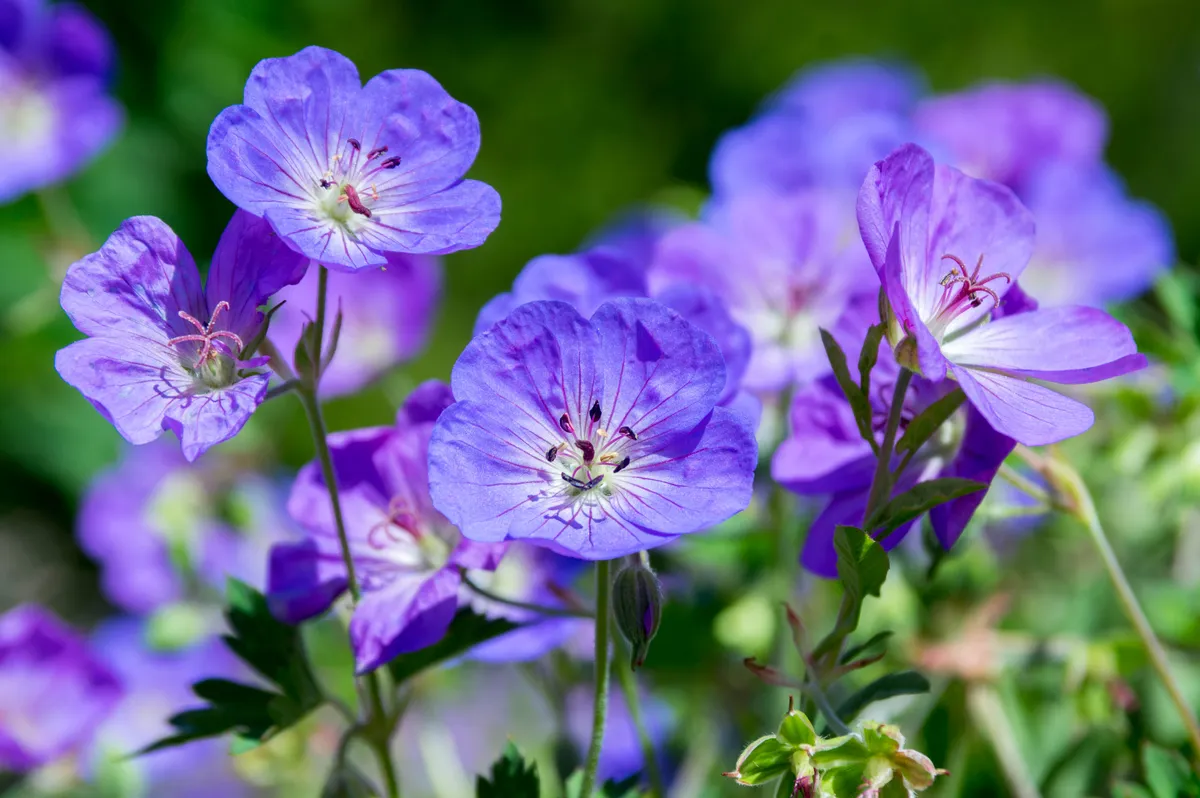
In 2013, as part of the Royal Horticultural Society’s celebrations for the centenary of the RHS Chelsea Flower Show, the public were asked to vote for their Plant of the Century and chose Geranium Rozanne (= ‘Gerwat’). First exhibited in 2000, this hardy geranium is still deservedly popular, offering large, saucer-shaped flowers in bright violet-blue.
21 Sarah Eberle becomes Chelsea’s most decorated designer
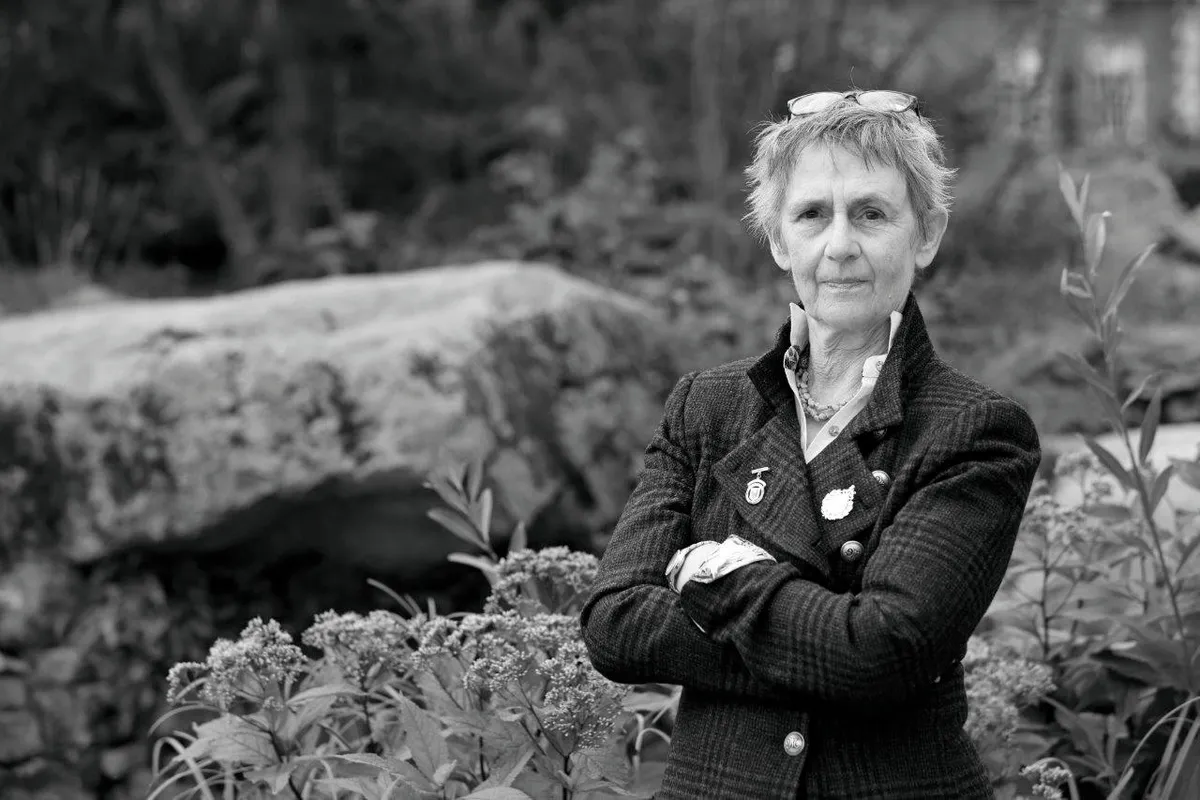
Having won Gold for not just one but two gardens at the 2015 RHS Chelsea Flower Show, Sarah Eberle broke records when she achieved Gold again in 2016, and amassed the most awards for a designer ever at Chelsea. These included Best in Show for her extraordinary 2007 Life on Mars garden, a chillout space for astronauts. She currently has 20
RHS Gold medals – nine from Chelsea.
22 Beth Chatto dies
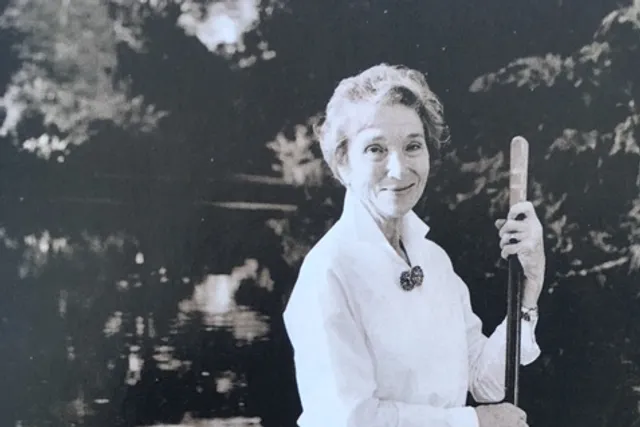
In May 2018, Beth Chatto, the pioneering and influential plantswoman who convinced us to find the right plant for the right place, died aged 94. “There was, and is, only one Beth,” says her biographer, Catherine Horwood. “She achieved the highest accolades in horticulture and beyond, including ten successive Chelsea Gold medals and an OBE.”
23 Gardening for health becomes policy
The benefits to health and wellbeing of being outside and growing plants have long been recognised, but it wasn’t until 2019 that gardening was added to the NHS Long Term Plan as part of social prescribing for people’s health and wellbeing.
24 RHS stops selling peat
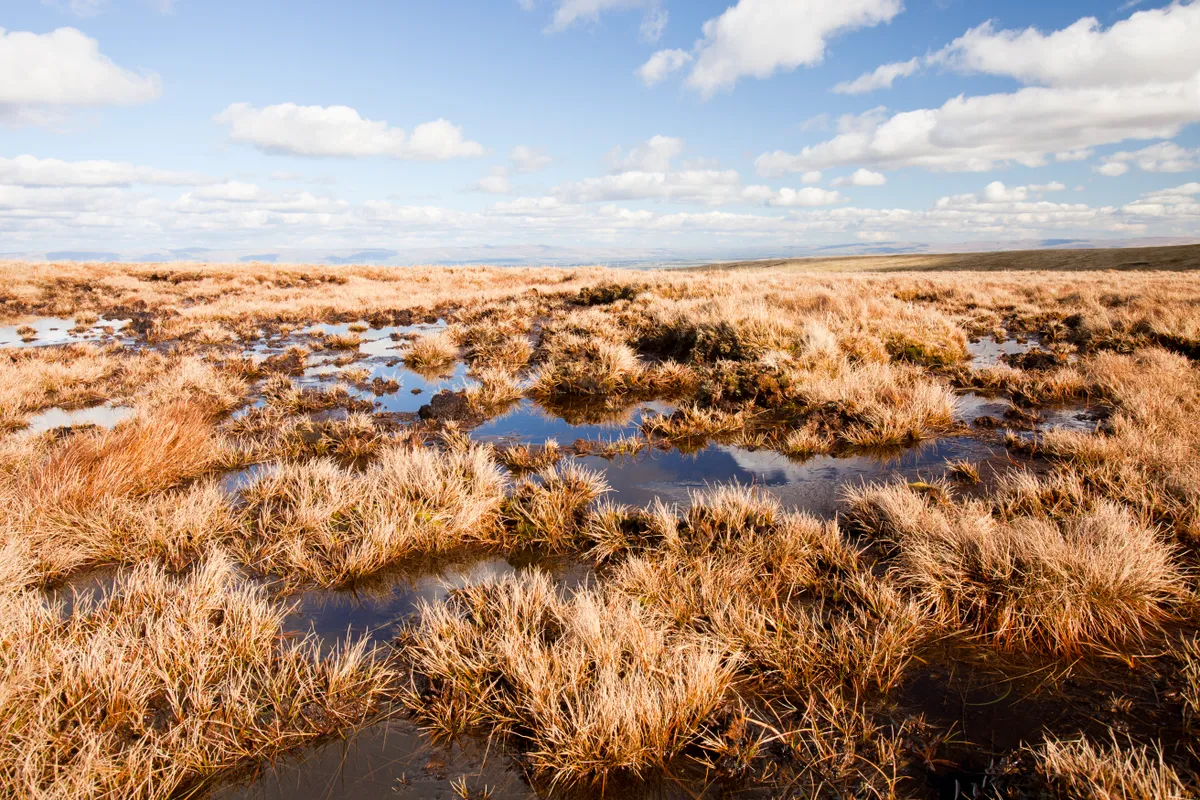
The growing awareness of horticultural reliance on peat has been gathering pace over the past three decades. With much work being done on reliable alternatives to peat, which is still considered by many to be the best substrate for raising plants, the RHS took the significant step in 2019 to stop selling peat in its nurseries. And while much of the work in its five gardens is also peat free, the organisation has now declared that it will be 100 per cent peat free by 2025.
25 Covid changes everything
When lockdowns started in March 2020, gardens, garden centres and nurseries were forced to close, but there was also a gardening boom – according to the Horticultural Trades Association, almost three million people (nearly half of whom were under 45) took up gardening for the first time. Retailers had to adapt to the new circumstances quickly, as everybody was shopping online.
26 RHS Bridgewater opens
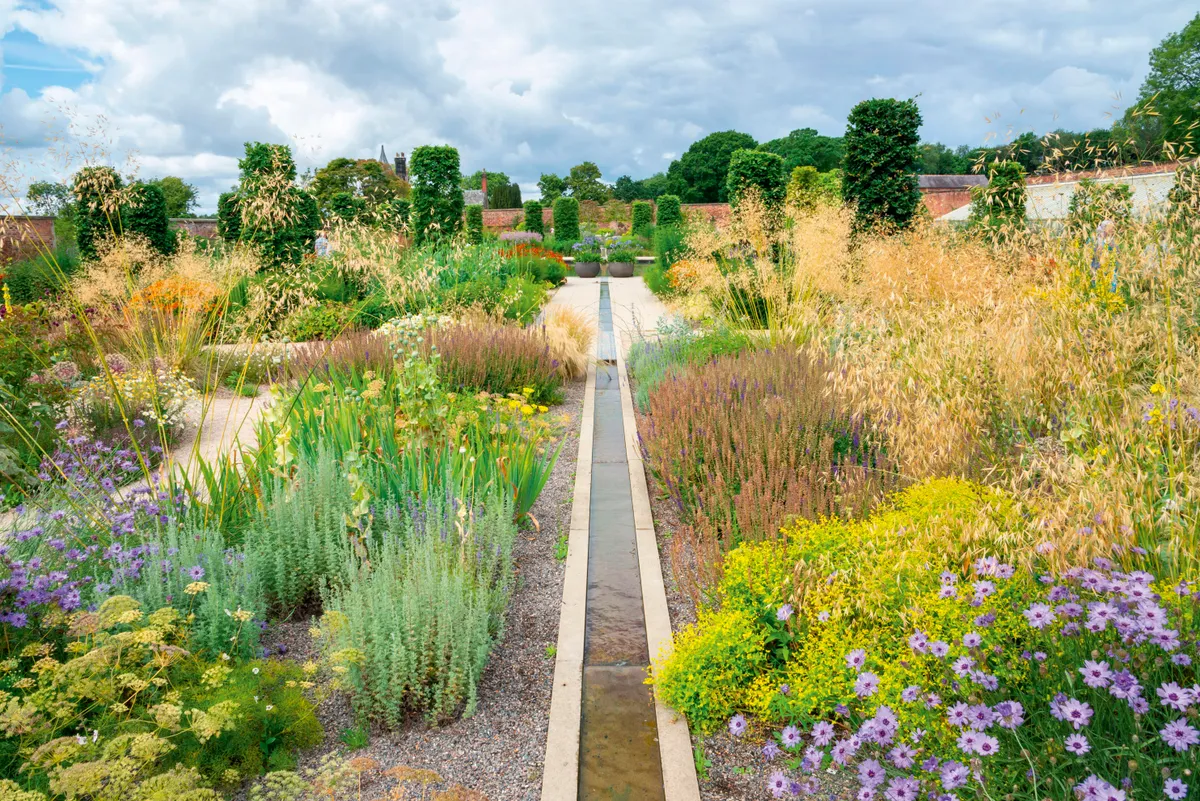
The RHS opened its fifth garden, RHS Bridgewater, in Salford, Greater Manchester in 2021 – its first in nearly two decades, and the only one it has ever built from scratch, to a masterplan by designer Tom Stuart-Smith.
27 Project Giving Back comes to the rescue

In 2022, Project Giving Back was launched to support the design and construction of show gardens for charities at the RHS Chelsea Flower Show, and their subsequent relocation to permanent homes, with plans to fully fund 42 show gardens over three years. As a result, new vigour and purpose has been brought to the show.
28 Slugs are no longer pests
Every year the RHS collates a list of the most complained about or queried pests and diseases affecting gardens. Slugs and snails have regularly been up there as among the most hated of pests – but not any more. As of May 2022, the RHS relabelled typical garden pests such as slugs, snails, aphids and caterpillars as important contributors to a garden’s biodiversity. Slugs are now recognised for the important role they play in recycling dead matter and also as a food source for birds and hedgehogs. Gardeners are now encouraged to work with garden wildlife rather than strive to conquer it.
29 A very British drought
In 2022, England experienced its driest July since 1935, with a record-breaking heatwave that saw temperatures reach over 40°C, and lower-than-average rainfall, resulting in hosepipe bans in some areas. Climate change finally became a reality for UK gardeners, with many now seeking out drought tolerant plants that can cope with wet winters and hot, dry summers.
30 Gardens Illustrated reaches new heights and audiences
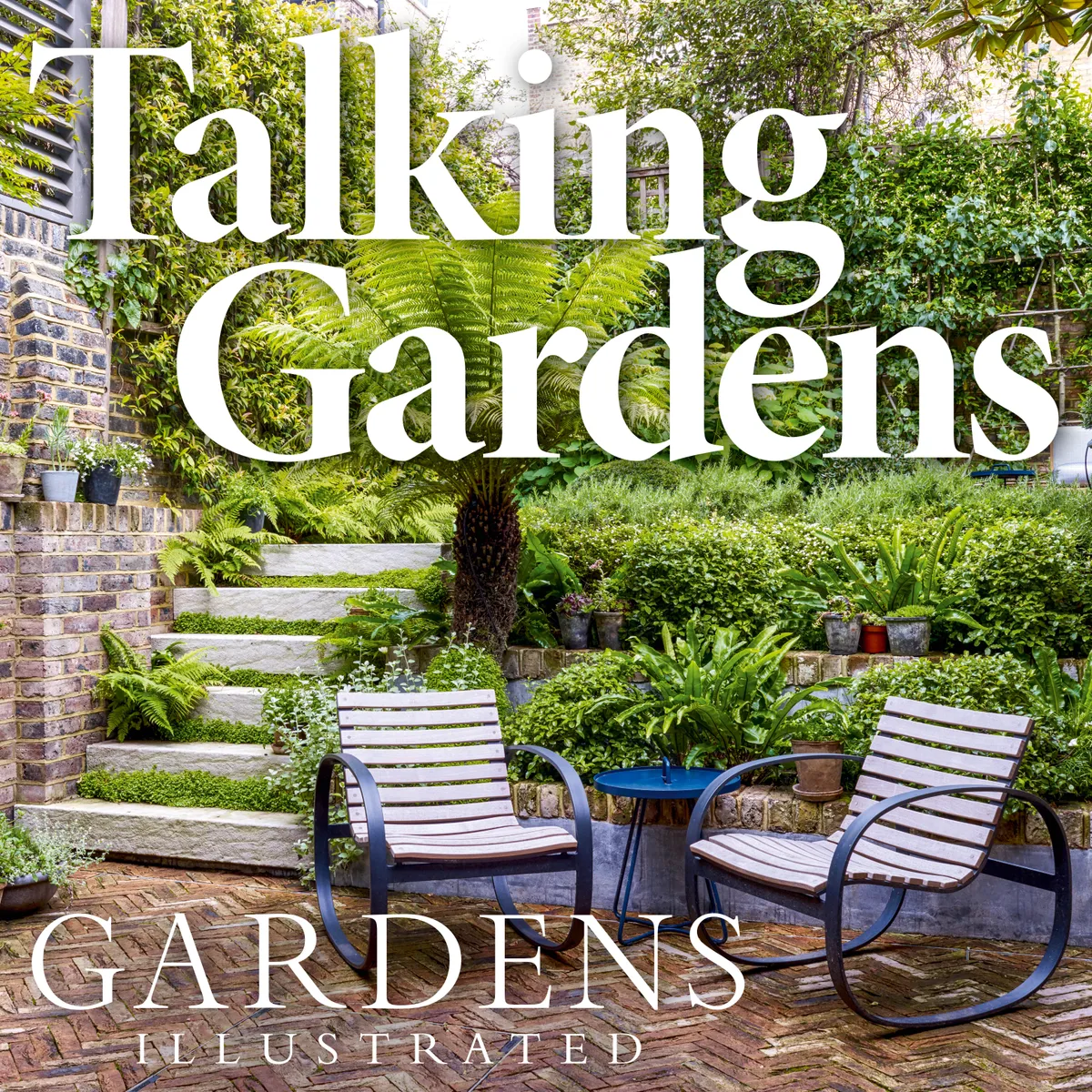
Gardens Illustrated magazine celebrates 30 years this month, with more readers than ever and exciting new channels to explore, including our Talking Gardens podcast, which launched on 21 March. Gardens Illustrated’s winning blend of beautiful gardens from around the world, planting ideas and expert advice aims to inspire and inform our wonderfully passionate, engaged and dedicated audience, and we hope it will continue to do so for many years to come.